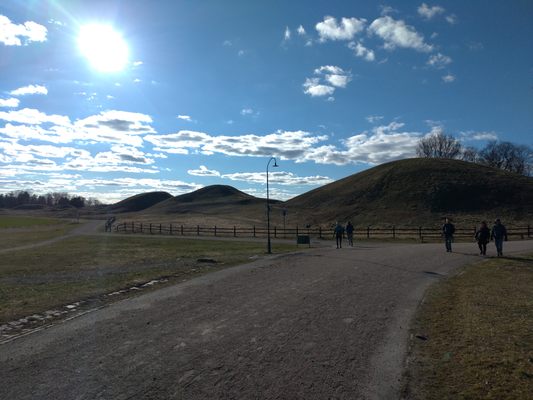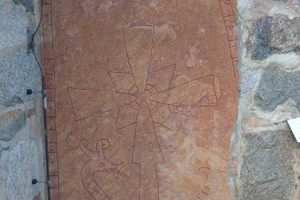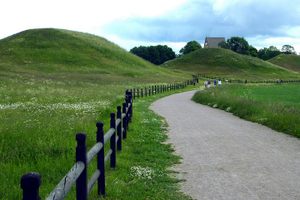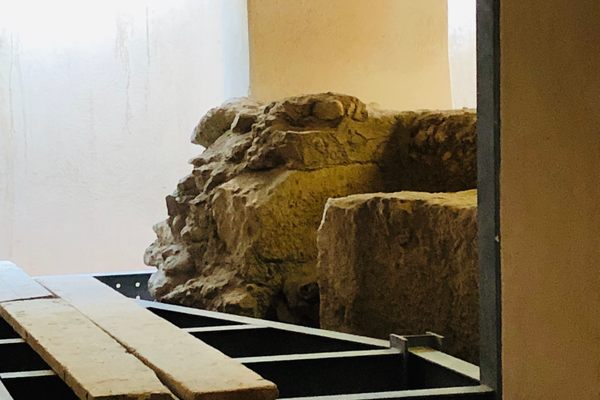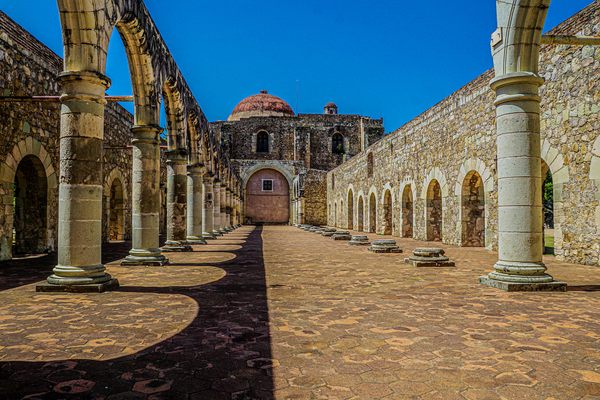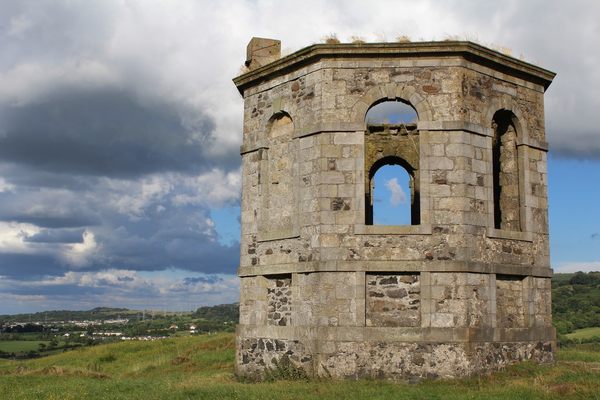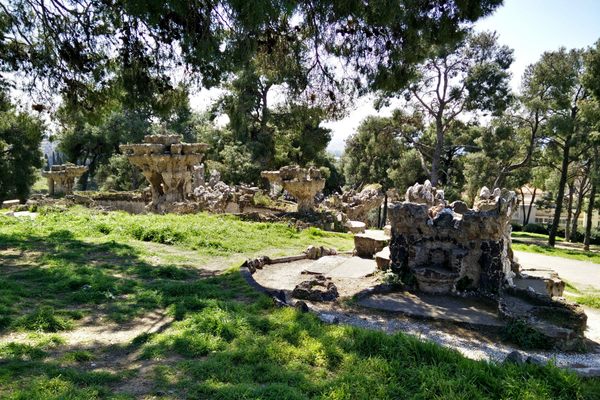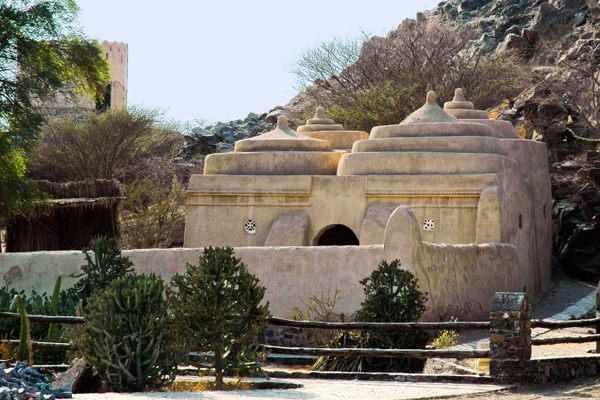About
Dating back to the 5th and 6th centuries, the Royal Mounds of Gamla Uppsala have been shrouded in mystery for generations. Some believed the three large mounds to be gods Thor, Odin, and Freyr, others thought them to be the burial sites of legendary kings, while some people believed them to be, well, simply natural lumps of dirt. The latter speculation angered Swedish King Karl XV, and in 1830 he commissioned a widely publicized excavation to settle the matter once and for all.
Headed by Bror Emil Hildebrand, the first archaeological dig of the Eastern Mound confirmed that it was indeed a burial site, though findings were less than spectacular: A clay pot of burned bones and some burial gifts. They believed it to be a grave for either a young woman or a young man and a woman. The second excavation in 1874 of the Western Mound yielded more impressive findings of warrior equipment, luxury weaponry, as well as a prominent man dressed in a suit of golden threads. This grave was confirmed to date back to the 6th century.
Though archaeologists were unable to identify the bodies of the mounds, they are quite certain the mounds belonged to a royal dynasty. As Sweden’s oldest national symbols, the Royal Mounds have retained their significance, especially emphasized by a trip from Pope John Paul II in 1989. The three mounds are known today as the Eastern, Middle, and Western Mounds.
Related Tags
Know Before You Go
Located 2.5 miles north of Uppsala, the flat and pleasant route makes a nice walk or bike ride. Another option is bus #2 or #210 from Vaksalagatan in Uppsala. As of 2015, the royal mounds are fenced off because the constant stream of tourists walking over them was eroding them. The plan is to not let people on them for a few years, until the grass grows back. It is still possible to walk around the mounds, just don't go on them please!
Published
November 17, 2010


